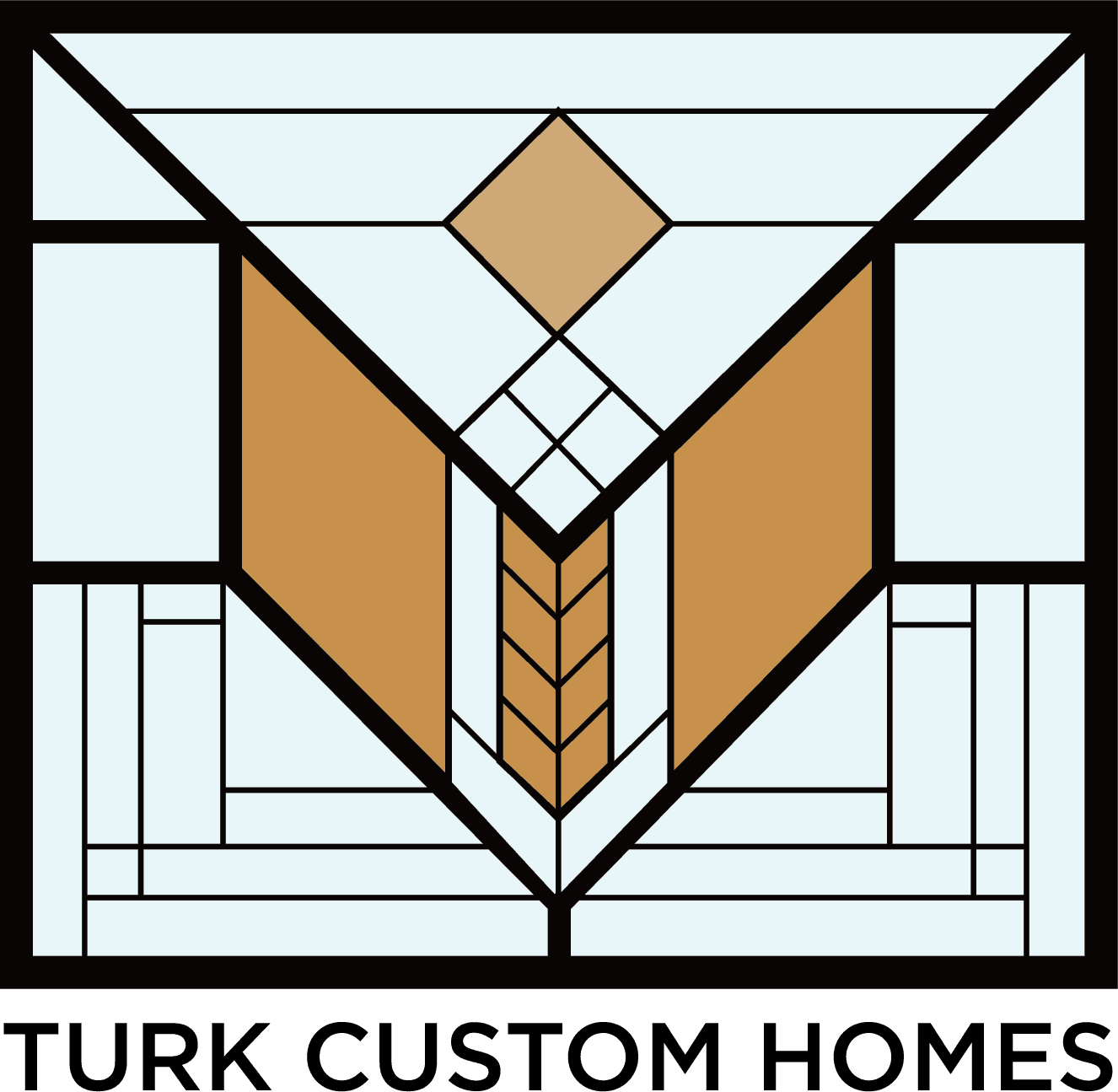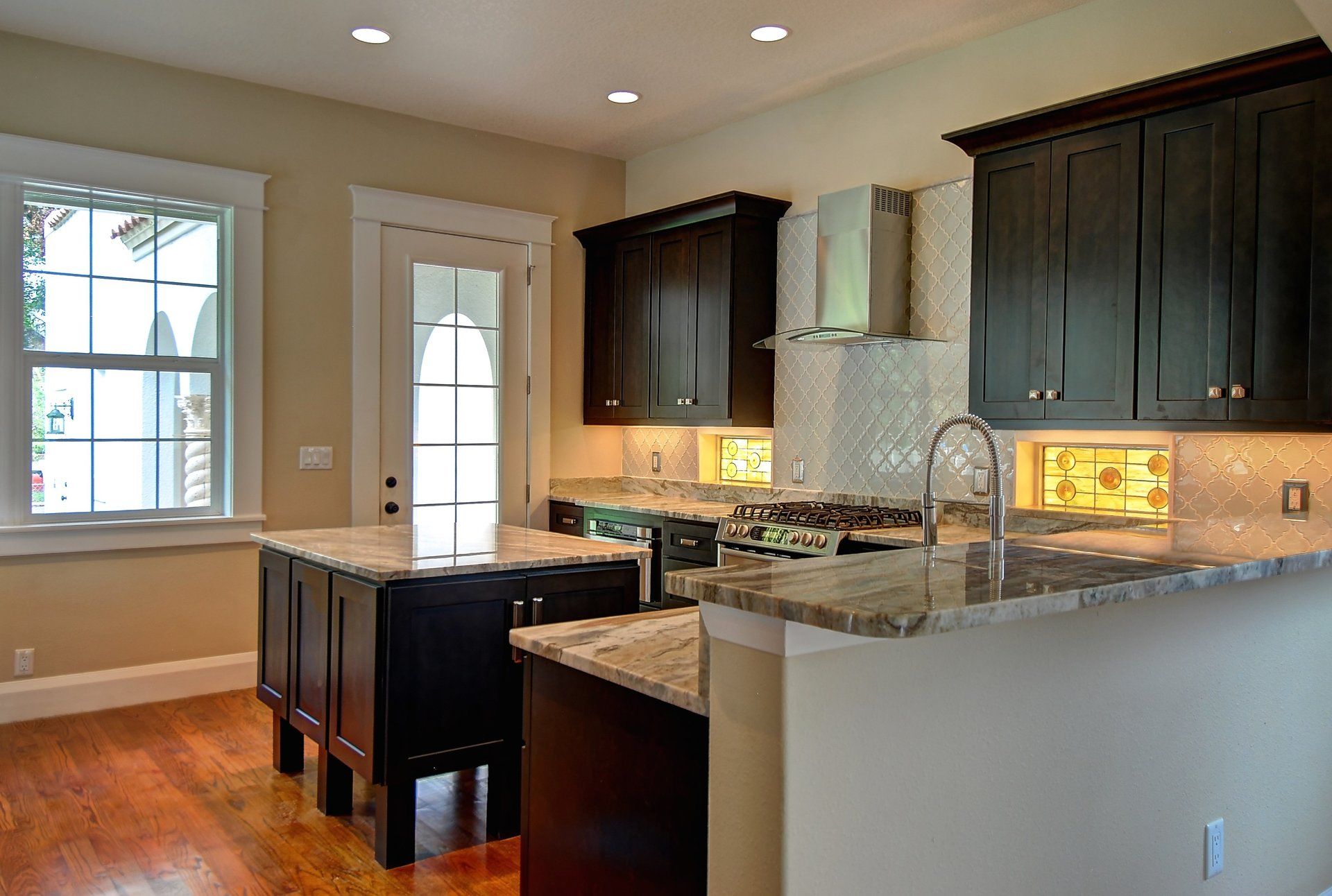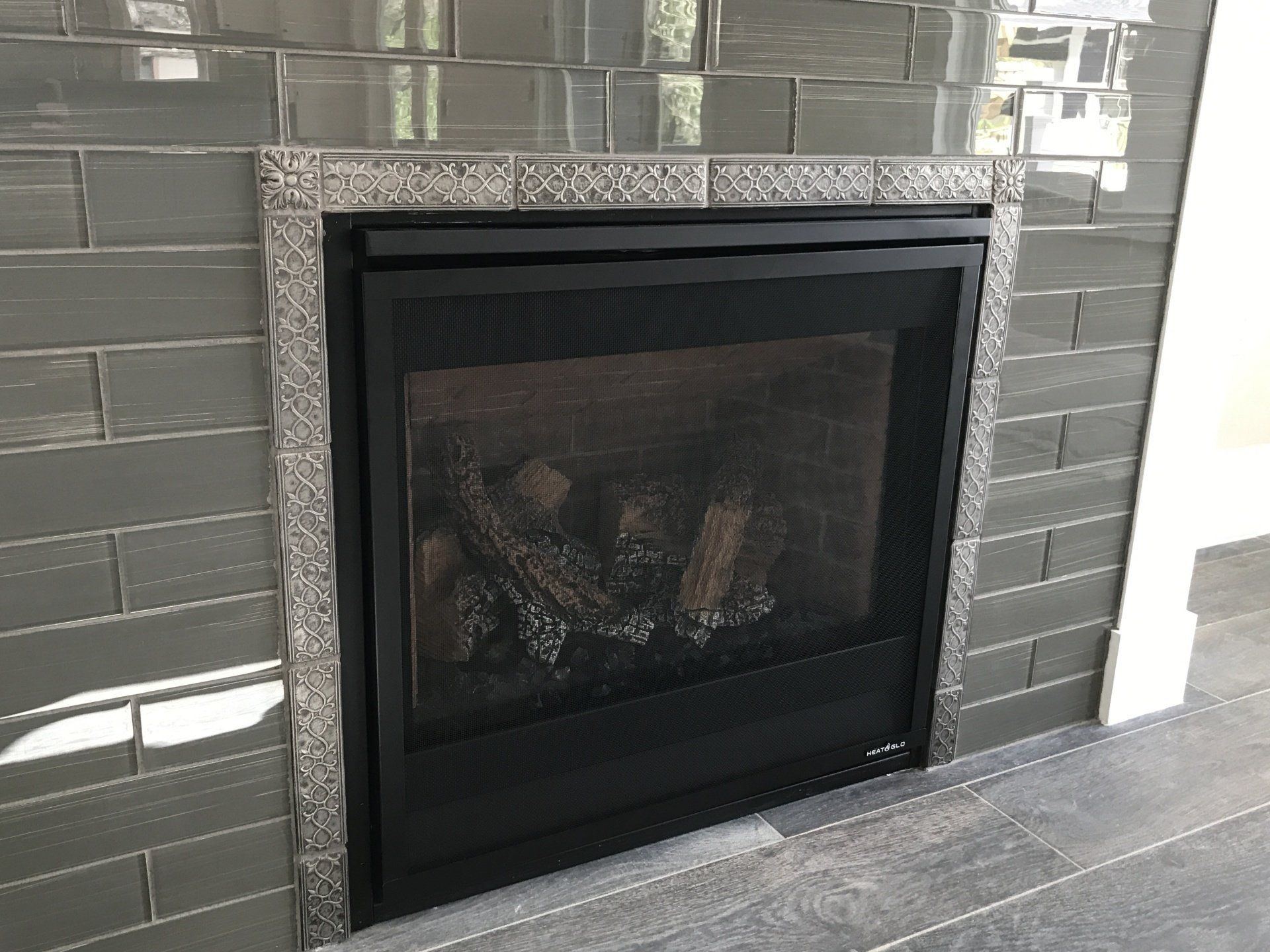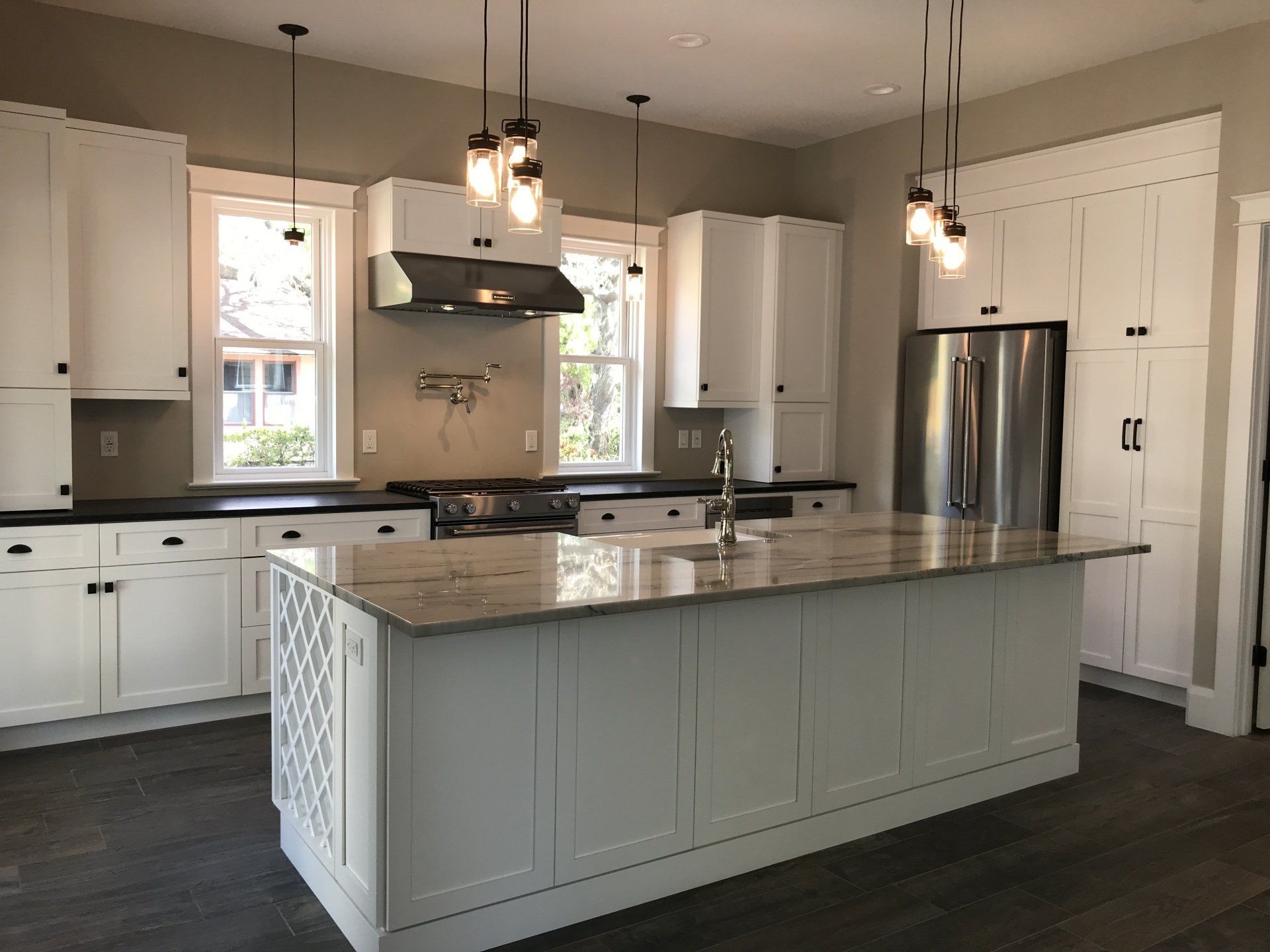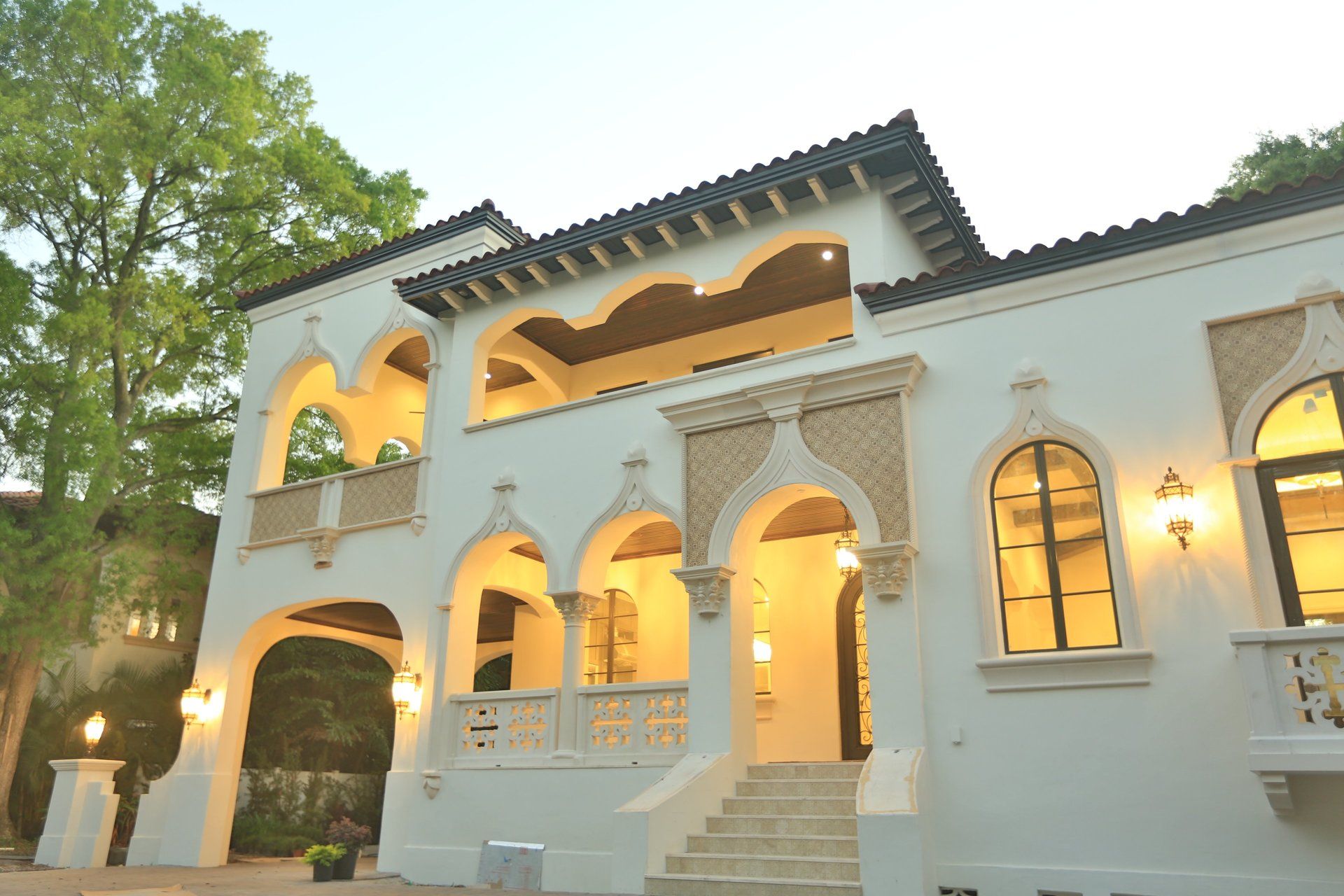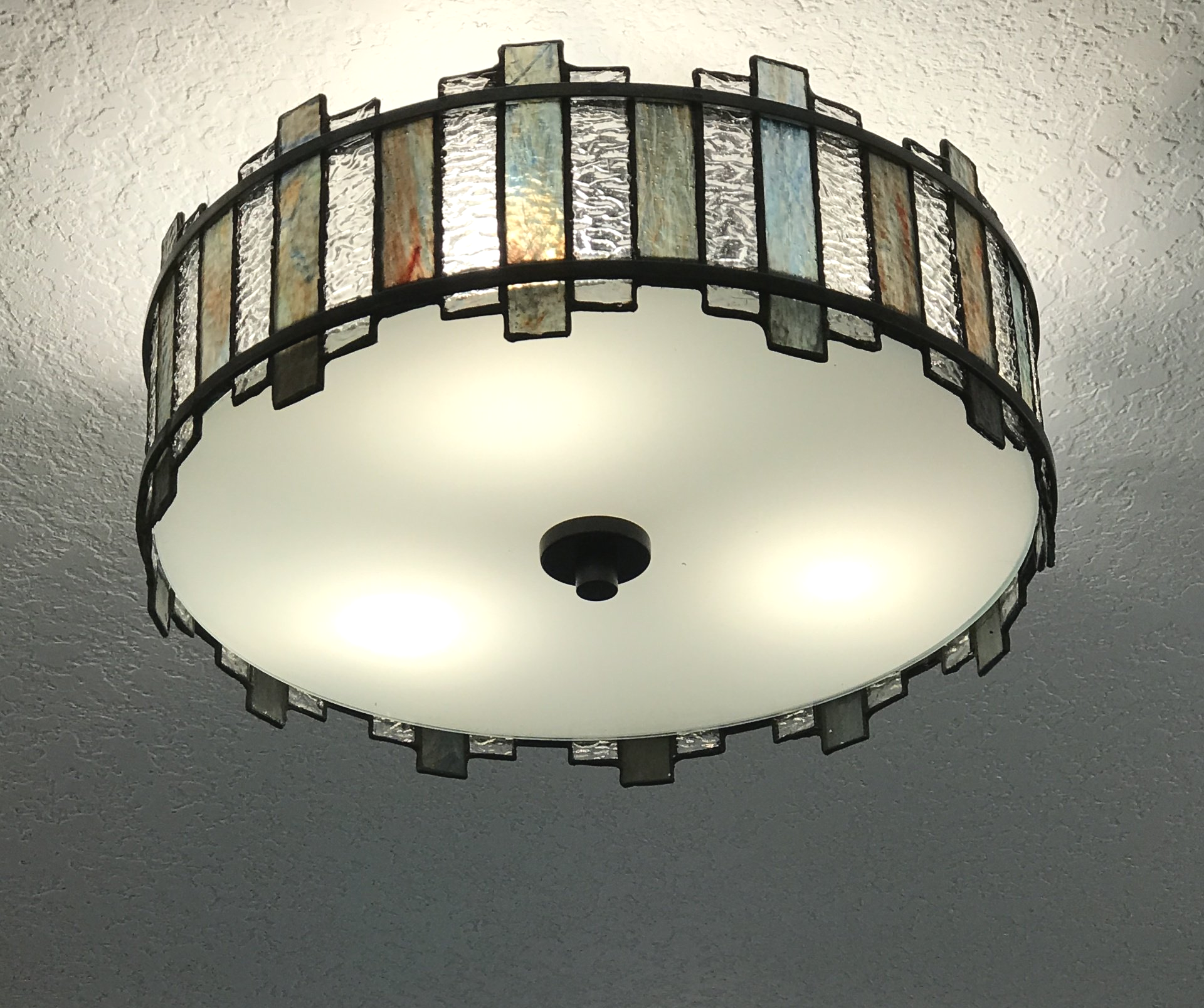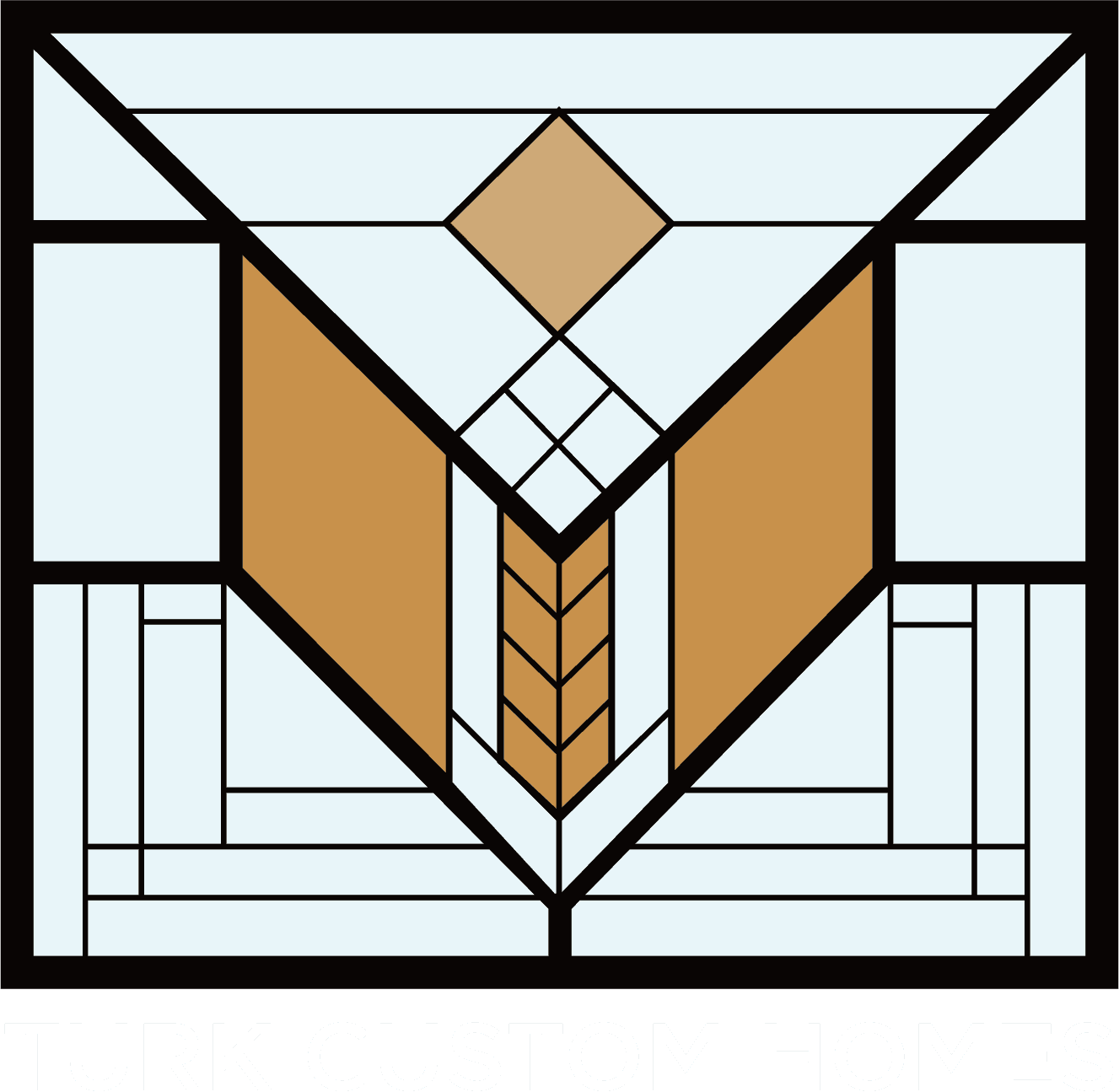Making Your Home Feel Light and Bright
The lighting scheme of this Davis Islands home is charming inside and out.
How to Make Your Home Feel Lighter and Brighter
One thing that most homeowners are looking for is the feeling of a light and bright space. When designing a custom home, homeowners can ensure their home is airy and light by following a few simple ideas:
Know how the sun falls on your plot of land. Understanding how your home will be situated on your property will dramatically impact where windows and doorways should be placed to take advantage of the natural lighting.
Your floor plan will play a role in the light patterns of your home. An open concept will provide more light and visual space than a home full of many walls. Small ideas like creating a series of support arches in lieu of a closed hallway will make a room feel larger and allow light to move through both areas.
Successful interior lighting plans are done in layers - ambient lighting, accent lighting, and task lighting. Ambient lighting is the general lighting that illuminates a room. Accent lighting can be the "wow" factor that highlights the room's best features. Task lighting is the workhorse of the room as it allows you to complete tasks with minimal interference from shadows, glare or eye-strain.
Use windows and interior and exterior window coverings to control the light. Features like awnings, plantation shutters, and sheer curtains can help diffuse light that may be too bright while also being relative unobtrusive.
Find the shine - a home's surfaces can bounce or absorb light in an area. It's important to play with those surfaces to understand how intense the light will be in your home. Some surfaces may be too reflective, nearly blinding, while others can darken a home.
Did you know that paint can be dull, matte, or have a glossy sheen? Depending on your choice of paint finish determines how much light is reflected off your walls.
Wallpaper, tile, curtains, built-in furniture, and artwork can have similar properties. A natural, live edge shelf with a light gloss would reflect less light than a glass or mirrored shelf.
Glass shelves, transoms, doors with sidelights or glass panels, and pass-throughs can brighten up a space by letting light flow through. Even glass that has been etched or tinted can add light while providing privacy.
Your outside landscaping will determine how much light and privacy you can expect. Working with a landscape architect will help you understand what your foliage will look like now and in the future. Creating a landscaping plan before planting will help ensure you don't have costly landscaping fixes or maintenance in the future.
Architectural features, such as open or enclosed stairwells, privacy walls, patios and porches, play a role, too.
Creating a balance between these aspects can bring your home just the right amount of light and airiness to achieve the look, feel, and function you want in your space.
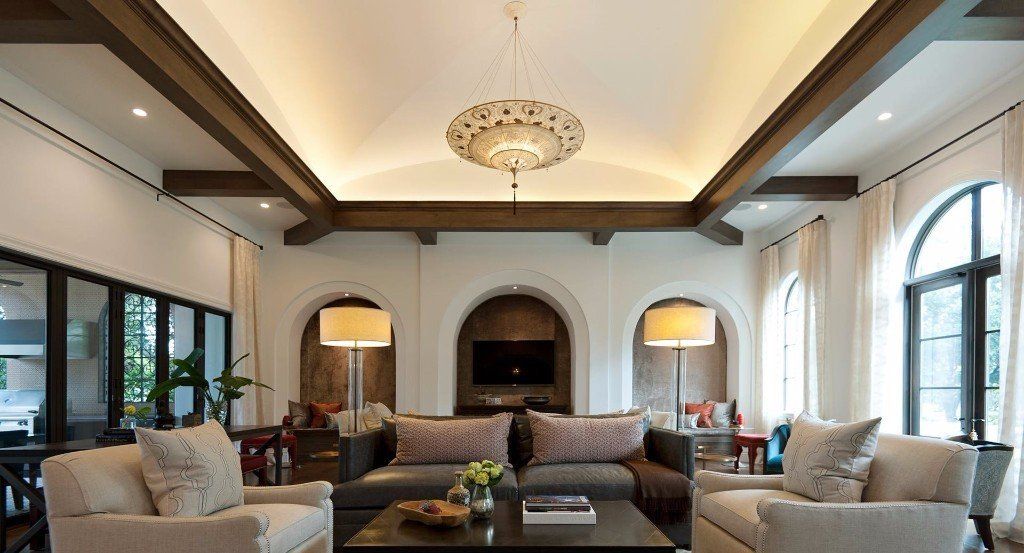
Slide title
Coved ceilings with a thoughtful light scheme can make a room feel grander while injecting a light and airy feeling into a space.
ButtonSlide title
Dramatic outdoor lights and tall windows can filter into the interior.
ButtonSlide title
Custom lighting can be made softer with diffusers for a more elegant look.
Button

"We wholeheartedly recommend and endorse Turk Holdings, LLC for any and all remodels or new construction. You will be as happy as we are with our “forever” home!"
Peter Mendoza

"We were very fortunate in our quest to build our dream home. Having Turk Holdings as our builders was the beginning of the best decision we ever made."
Scott Simpson
Button
Turk Holdings helped us get everything we wanted. Kurt and Branden worked with us every step of the way.
Jane Frank
Button
We have nothing but positive memories of building our home with Turk Builders. It turned out better than we ever imagined and we are still in awe 2 years later.
Ahad Mahootchi MD
Button
Plan Your Project
Having a quality plan in place for your dream home build or renovation is extremely important. Contact us today for an initial consultation.
Thank you for contacting us.
We will get back to you as soon as possible
We will get back to you as soon as possible
Oops, there was an error sending your message.
Please try again later
Please try again later
License Information
Florida Certified General Contractor
#CGC1509570
Florida Certified Roofing Contractor
#CCC1328450
Division of Turk Holdings, LLC
Contact info
5302 North Branch Avenue
Tampa, FL 33603
813-624-5878
info@turkcustomhomes.com
